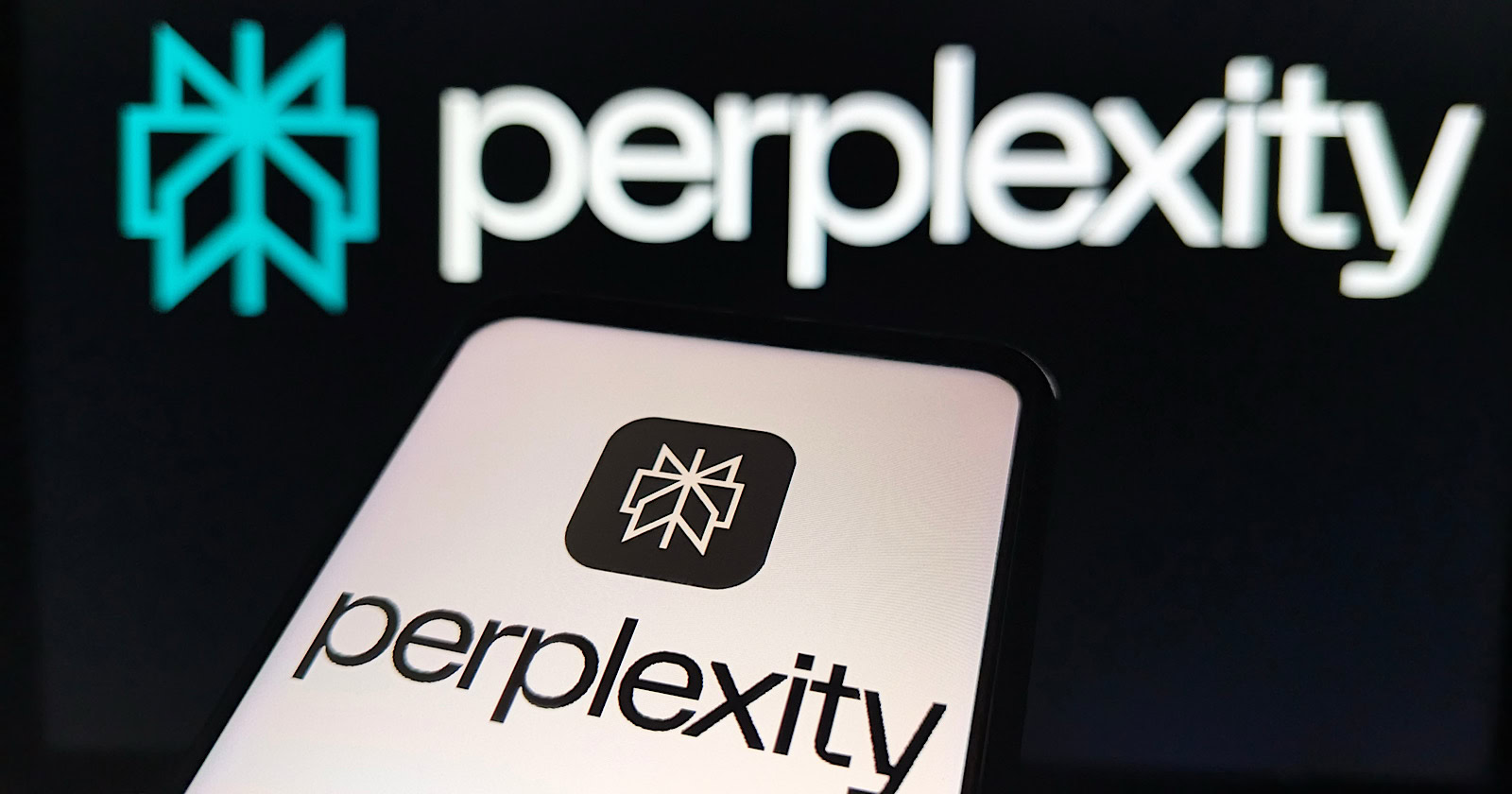Staring At Screens All Day? 3 Surprising Ways To Combat Dry Eyes
There's more to eye hydration than you think.

In our modern, digital world, it often feels there’s no way around screen exposure. So much of our lives are spent in front of our laptops, smartphones, and television screens, and unfortunately, our eyes can struggle because of it.
A new Acta Ophthalmologica review identifies ways to combat dryness of eyes caused by frequent screen use. We’ve summarized their findings and created three actionable tips to help hydrate your eyes and keep them fresh despite days spent in front of the computer.
How do screens affect our eye health?
First, a little science: The cornea is protected by a tear film that is made up of three layers—the oily layer on the outside, followed by the watery layer, and finally the mucous layer. The tear film’s job is to protect and hydrate the eye—and with each blink, the tear film is renewed.
On average, we blink 15 to 20 times per minute to bring moisture, nutrients, and oxygen to our eyes and clear any debris (e.g., dust, eyelashes). However, when we’re concentrating on work, we blink less frequently (and using bright digital screens can decrease that number even further).
As you can imagine, fewer blinks leads to less-hydrated eyes, which can strain your eyes and make them feel just plain sleepy and uncomfortable.
If your eyes have been craving moisture, consider implementing these tips so you can feel hydrated and fresh, no matter what screen you’re in front!
Tip No. 1: Use a blink animation software program.
Digital technology may be minimizing our eye hydration…but could it help restore moisture as well? Software programs like eyeblink aim to promote healthy, hydrated eyes by using a camera to monitor the screen user’s blink rate and remind them to blink as needed.
One Indian Journal of Ophthalmology study found that using a blink animation software program for 15 days improved blink rate, and participants were even able to maintain eye moisture for up to one month following the study! If you’re struggling to infuse your eyes with some hydration, an eye blink software program may be the way to go.
Tip No. 2: Take a daily omega-3 supplement.
A meta-analysis from Cornea supports findings from the Acta Ophthalmologica review: increasing your omega-3 intake can promote eye hydration and comfort.* Specifically, the meta-analysis identifies that omega-3 supplements significantly improve eye moisture.*
Remember those three layers of the tear film we mentioned before? Well, that oily layer needs lipids (aka fatty acids—like omega-3s) to stop the aqueous layer of tears from evaporating.* In other words, upping your omega-3 intake can help replenish and maintain the tear film to protect your eyes.*
But wait—there’s more! These incredible fatty acids promote eye health well beyond promoting tear film integrity.* Check out more omega-3 eye health benefits here.
Tip No. 3: Improve your workspace ergonomics.
When we think of ergonomics, we often consider our posture, office chair, and overall work setup. But ergonomics is about optimizing every aspect of our work environment so we can be more efficient (and healthier)—including your eye health.
When it comes to protecting your eyes during long days at the computer, the most important factor is to reduce eye fatigue from screen use. Here are some ways to do just that:
If you’re looking at screens often—and let’s be real, you probably are—it’s likely your eyes could use a little extra support. Promote eye hydration with improved ergonomics, a state-of-the-art eye health software program, and omega-3 supplementation.* (Here's a list of mbg's recommended omega-3 supplements to get you started!)
If you are pregnant, breastfeeding, or taking medications, consult with your doctor before starting a supplement routine. It is always optimal to consult with a health care provider when considering what supplements are right for you.

 KickT
KickT 































